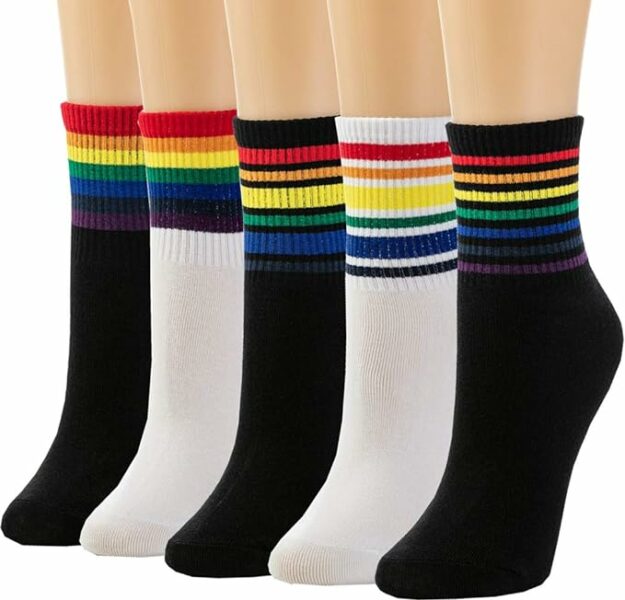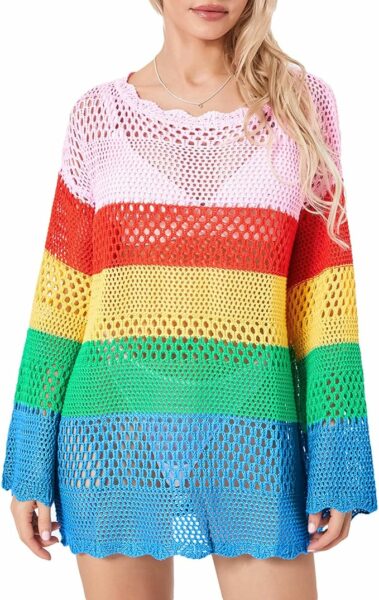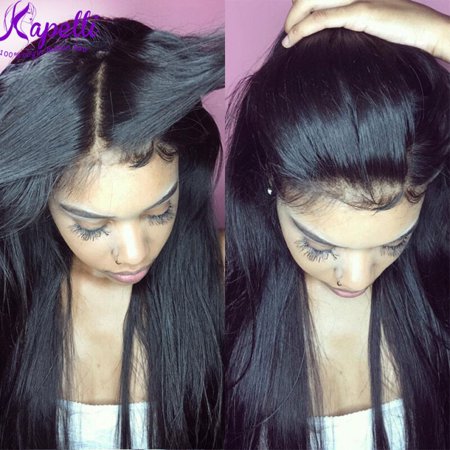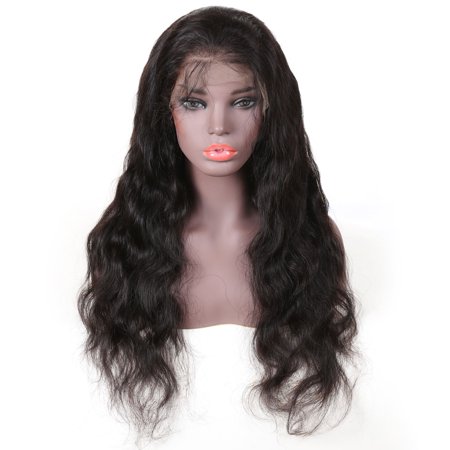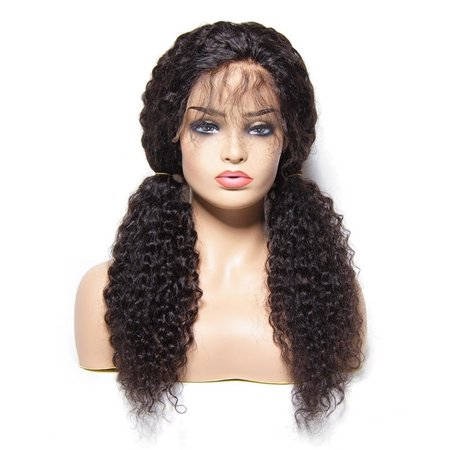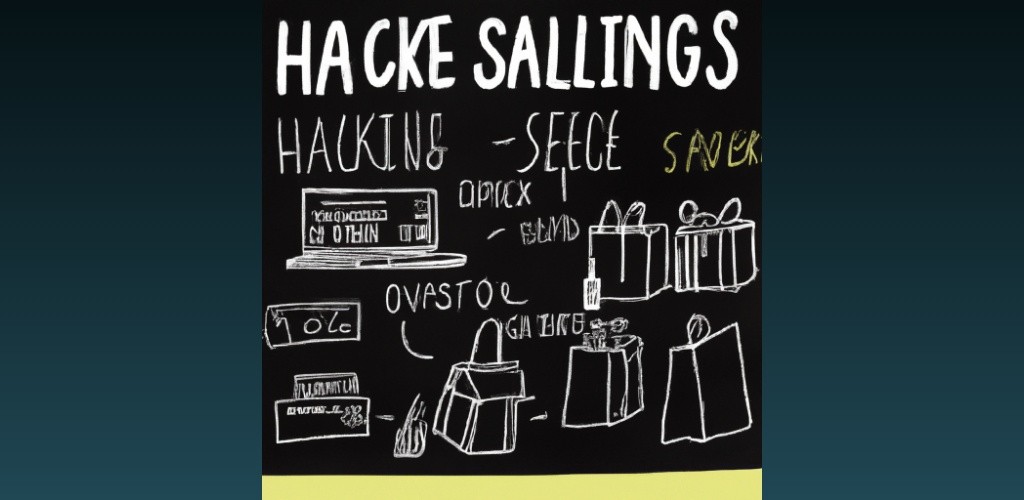Don't miss the Amazon Live Deals offer - OFFER!
Don't miss the Amazon Live Deals offer - OFFER!

New Courageous Short Wigs Black Women the Big Truth
Short wigs black women | Wigs women over 50 | Wigs women thinning hair | Wigs black women.
The wigs worn on the heads of thousands of people around the world have a history. Why it got started, which part of the world did it first start, the wig has a story not told. But the dose that matter today? Many might say the hairs make the wearer feel positive and put a lifting personality on the person’s face.
The video found in our article below is the story of Merria, who is a master in wig making. Her skill and expertise have made Merria a celebrity favorite to many. She tells and shows how the wigs get to its present state.
Her story demonstrates what happens after the hair gets cut off the ponytail to get that shorter hair out. Merria painstakingly sews each wig by hand in a process that can take months to complete and cost as much as $50,000.
Merria knows everything there is to know about hair, except for one thing. Where do we get most of the hair that is getting sold in the industry? “I try to source from people I know where it’s coming from, but I don’t know.”
Refinery29’s senior beauty editor interviewed Merria, on the making of wigs, and Merria told senior beauty editor that she was on set for dozens of shoots and interviewed hundreds of hairstylists. Nearly every one of their kits holds the same things: flat irons, curling irons, brushes, product, and hair. But Hollywood’s best-kept secret is far from new.
Both Black and Orthodox Jewish communities have willingly worn hair for generations. But it’s just now that the demand has exploded into the mainstream. Many celebrities have opened up on social media about wearing human hair, revealing just how popular wigs and extensions that they wear are on the red carpet and everyday life. The increased use has pushed the hair trade up.
Many want long hair; besides, there are also wigs women over 50 demand for today. There’s something unique and uncanny about wearing a wig made with a different person’s human hair. The beautiful looking wig can transform the way you look, but at what cost?. Merria’s story takes us back into history.
“I couldn’t help but wonder who owned this hair before. It isn’t easy for anyone to find the origin of most hair used to design wigs on the market today. That’s why it is not surprising because the hair trade niche has always been a shady industry. Research shows that for generation, hair brokers have used any means necessary to get their hands on hair.”
In the 1800s, peasant women in France got lured into being shorn like sheep. In the early 1900s, it got reported that hair sold in the United States was coming from sewers and corpses in China. Hair dealers then thought to be so shady; they got banned from Ellis Island.
Controversy continued into the 21st century over the hair wigs, as reported by news outlets. From the robber’s perspective, it’s quick and almost easy income. A constant aspect of this informal economy is that the hair trade sees an increase in shops wherever the women are the most disenfranchised. Als, the people who end up wearing the hair, are often unaware of the journey it took to get to them.
Most people do not know the origin of their hair. And we did not find a study that reveals they care in any way. Riqua Hailes is the founder of a hair extension salon in Los Angeles and didn’t particularly care either. It was not until she got scammed out of some $10,000 and couldn’t afford to lose any more money than she questions the hair origin.

The sellers would bring with them great pictures demonstrating how the hair was going to perform; they would sell you on a dream. Riqua took a hair buying trip, trying to find answers. She pointed they wanted to know if all the hair in Malaysia is coming from Malaysia. She then traveled across six other countries and found that the lack of regulation in America and around the world, made it hard to guarantee what you’re getting off the product.
A famous brand in hair wigs on the market is the Remy wigs. Some people are secretive about the actual origin of their hair wig. But that’s where the hair broker makes his money. Passing off non-Remy hair as a Remy wig is one of the various tactics of hair dealers’ objectives. When you ask where do you get your human hair from now, we would ask? The response is, I get my hair from India. Windu temples are a crucial part of the industry.
Also, accessible on the market are short wigs black women, and Remy wigs considered widely used the reason India Hindu temples are a decent place to source hair. Every year, you can find millions of devout followers travel to temples like the one in India, looking for the right product.
The most visited Hindu template in the world and perhaps the most lucrative on is the one found Shri Venkateswara Temple in the southern state of Andhra Pradesh. Their devotees shave their hair as an offering to the Gods, which becomes a natural revenue source for the temple. That custom brings in more than seven million US dollars a year, and practice provides a constant supply of cheap, high-quality hair. But that custom is not for everyone gains. For others, matching specific textures and colors is worth paying top dollar for wigs, whether it is blond, red, coyly, or wavy.
The richer the hair is, the more expensive and harder it is to the source, making that type of hair quality prime for traders’ exploitation. After several tries of going back and forth for months, only one trader agreed to demonstrate the operation. We then traveled off to Vietnam to meet him. Vietnam is in a moment of significant transition.
Its growth is a mix of opportunity and exploitation with one of the fastest-growing economies in Asia. In Asia, Hair sellers have been known to offer women next to nothing for their hair, or offer them what sounds like a reasonable price, only to disappear before making the payment. Although Dan agreed to meet us, I still had no idea what to expect, or how legitimate his operation would be.
Wigs Unlimited

